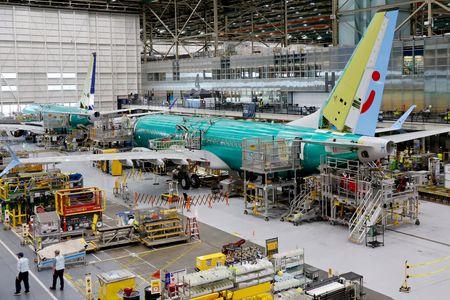By Ozan Ergenay
(Reuters) -German semiconductor materials supplier Siltronic on Tuesday lowered its full-year sales guidance and warned on sales in the next quarter, amidst continued weakness in its semiconductor business and high customer inventories.
The group now expects sales to be in the mid-single-digit percentage range below the previous year, having previously guided towards sales being in the same region as the previous year.
Shares in Siltronic, which have fallen 11.3% since the start of the year including today’s session, were down 7% as at 1014 GMT.
In 2024, the company, which makes silicon wafers used in semiconductor chips, achieved revenue of 1.41 billion euros ($1.63 billion), which was 7% below the previous year.
Siltronic, whose customers include Infineon, Intel, Samsung and TSMC, also said it expects third-quarter sales to be below the previous quarter’s level, due to shifts in delivery volumes in 2025, most of which have been postponed to the fourth-quarter.
Its second-quarter revenue amounted to 329.1 million euros, down from 351.3 million euros a year earlier. That was ahead of analysts’ average forecast of 322 million euros according to a poll by LSEG.
On a conference call with analysts, CEO Michael Heckmeier said that high customer inventories were an issue across the entire industry.
Semiconductor materials suppliers have suffered from slower than expected customer inventories reductions.
“We are stable, there’s no indication that we are doing significantly better or worse than our peers.” he said.
U.S. President Donald Trump’s sweeping tariffs and uncertainty over his trade policies have sent global markets into a tailspin and significantly dampened investors’ economic optimism.
Analysts at Jefferies said in a note that the U.S. and European Union agreement still poses some questions on the potential impact on wafers.
Last week, ASML, the world’s biggest supplier of computer chip-making equipment, also warned that it may not achieve revenue growth in 2026 as chipmakers building factories in the U.S. await clarity on the potential impact of tariffs.
($1 = 0.8631 euros)
(Reporting by Ozan Ergenay in Gdansk, editing by Matt Scuffham)








